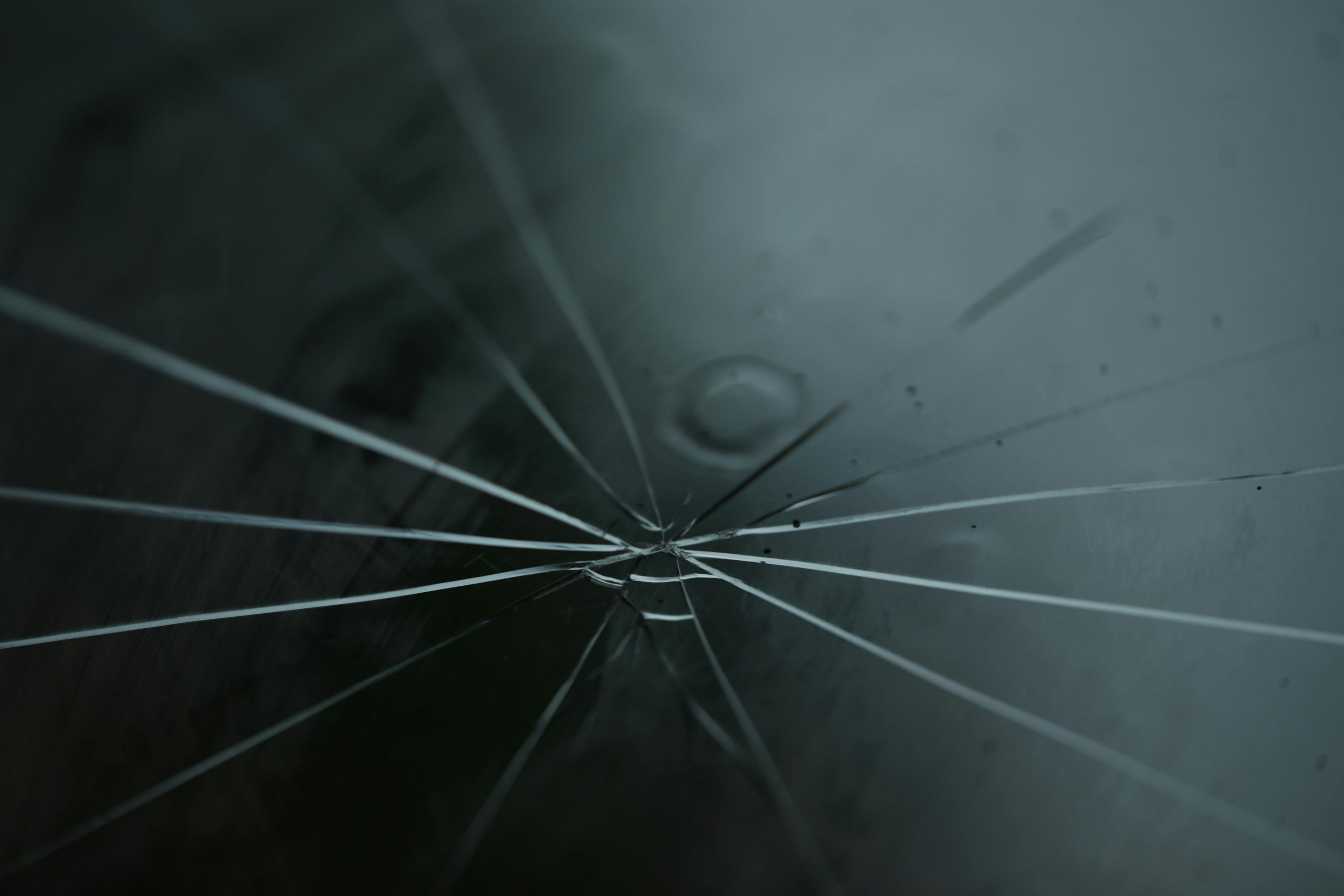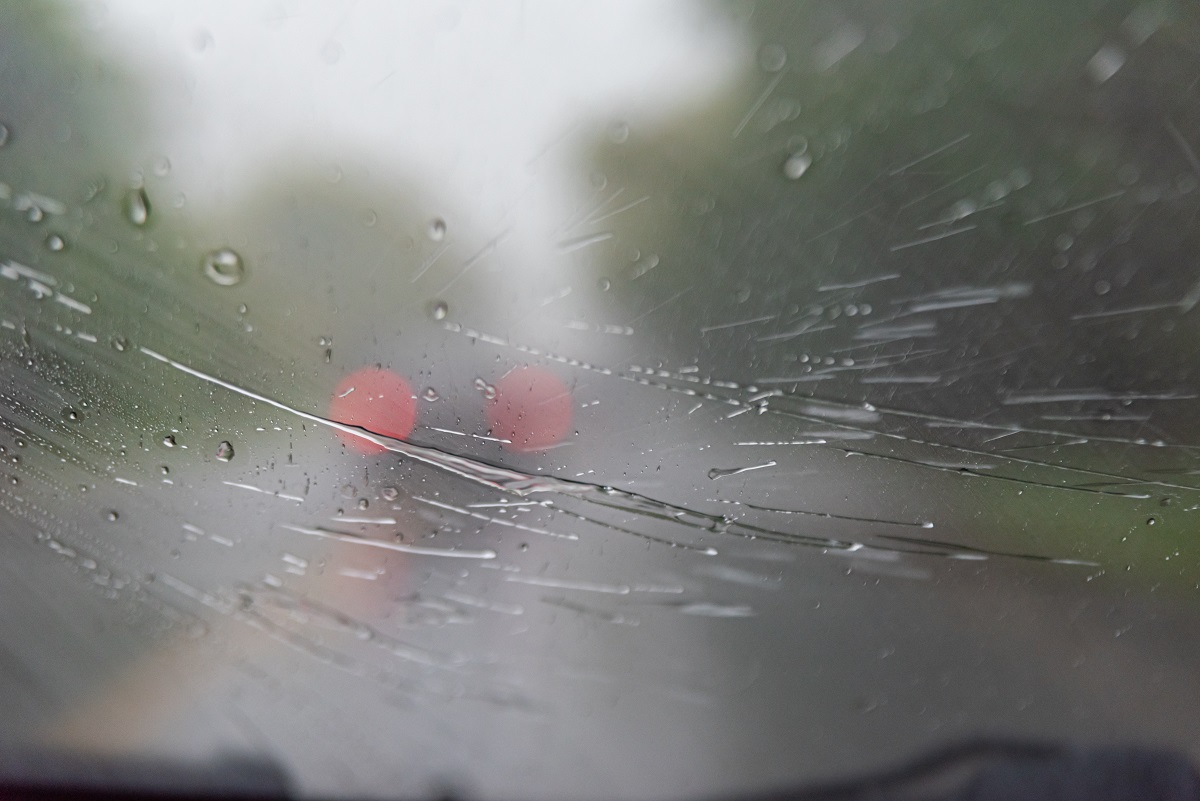Windshield cracks are one of those annoying car problems that can start small but escalate fast. If left untreated, even a minor chip can turn into a spiderweb-like crack, making driving unsafe and expensive. The good news? You don’t always need a full windshield replacement if you act quickly. This guide will show you how to stop a windshield crack from spreading before it gets worse, with practical tips, expert advice, and step-by-step instructions.
Why Do Windshield Cracks Spread?
Understanding why cracks grow is the first step to stopping them. A windshield is made of laminated glass—two layers of glass with a plastic layer in between. This design keeps the glass from shattering completely, but it’s not unbreakable.
Cracks spread due to:
- Temperature changes – Heat expands glass, cold contracts it, and rapid swings can widen cracks.
- Vibrations – Potholes, bumps, and rough roads put stress on weak points.
- Moisture – Water can seep into cracks, freezing and expanding in colder weather.
- Impact stress – Any force, even minor, on the same area can make a crack grow.
Knowing these factors helps you take preventive steps before the damage worsens.
Can You Stop a Windshield Crack from Spreading Yourself?
Yes, in many cases, you can slow down or stop a crack from spreading with quick action. However, it depends on the size, type, and location of the crack.
Types of Cracks
- Star cracks – Small lines radiating from a central impact.
- Bullseye cracks – Circular damage often caused by a stone.
- Edge cracks – Start at the edge of the windshield; these are more likely to spread.
- Combination cracks – Multiple cracks from a single impact.
Cracks smaller than 6 inches are usually repairable. Edge cracks and large combination cracks often need professional attention.
How to Stop a Windshield Crack from Spreading Quickly
Video Source
If you notice a crack starting to grow, quick action can make the difference between a small repair and a full windshield replacement. Here’s a practical checklist:
- Clean the area – Gently wipe away dirt and debris with a soft cloth. Avoid harsh cleaners that can weaken the glass.
- Protect it temporarily – Place a strip of clear tape over the crack to block moisture and dirt until repair.
- Avoid stress on the glass – Park in shade or a garage, avoid sudden blasts of hot or cold air, and drive slowly on bumpy roads.
- Drill a relief hole (advanced method) – With a diamond drill bit or Dremel, you can carefully drill a tiny hole just ahead of the crack, down to the plastic interlayer of the laminated glass. This relieves pressure and helps stop the crack from traveling further.
- Seal with resin – Use a UV-curing resin kit to fill the hole and strengthen the weak point. This prevents the crack from spreading and makes it less noticeable.
- Consider a full DIY repair kit – For small cracks, resin kits allow you to inject filler, cure it with sunlight or UV light, and scrape off excess for a smoother finish.
Taking these steps quickly helps stabilize the glass and buy time before professional repair or replacement becomes necessary.
DIY Windshield Crack Repair: How to Do It Right
If you’re wondering how to fix a cracked windshield at home, a repair kit can be a cost-effective solution. Here’s how to use one safely:
Tools You’ll Need:
- Windshield repair resin kit
- Razor blade
- Clean cloth
- Small syringe or applicator (usually included in kits)
Step-by-Step Process:
- Clean the crack – Remove loose glass and dirt.
- Attach the applicator – Most kits use a suction cup system to hold the resin injector in place.
- Inject the resin – Fill the crack slowly to avoid air bubbles.
- Cure the resin – Some kits require sunlight or UV light for proper curing.
- Remove excess resin – Use a razor blade to scrape off any extra resin.
- Check the result – The crack should be filled and less likely to spread.
DIY kits work best for small, straight cracks. If the damage is extensive or near the edge, professional repair is safer.
When Should You Call a Professional?
Even with careful attention, some cracks require expert help. Call a professional if:
- The crack is longer than six inches.
- It’s on the edge of the windshield.
- It interferes with driver visibility.
- You notice multiple cracks spreading rapidly.
Professional repairs use high-grade resins and equipment to stabilize the windshield. In some cases, they may recommend a full replacement, which is safer in the long term.
Preventive Measures to Avoid Future Cracks

Stopping a crack from spreading is easier when you prevent new damage. Here are some practical tips:
Drive Safely
- Avoid following large trucks closely; debris can hit your windshield.
- Slow down on rough roads to reduce vibrations.
Park Wisely
- Shade protects against extreme heat and cold.
- Covered parking reduces the risk of falling debris.
Keep Your Windshield Clean
- Dirt and sand can scratch and weaken the glass.
- Use non-abrasive cleaners to maintain clarity.
Watch Temperature Changes
- Avoid blasting AC or heat directly on a cracked area.
- Allow the windshield to warm up gradually in winter.
How to Protect the Crack During Extreme Weather
Temperature swings are a major factor in crack expansion. Protect your windshield by:
- Using a windshield cover in winter to prevent frost buildup.
- Parking in shaded areas in summer to avoid extreme heat.
- Slowly defrosting or heating your car to prevent sudden stress.
Even small precautions can significantly reduce the risk of the crack spreading.
Can Insurance Help Cover Windshield Repairs?
Many car insurance policies cover windshield repair or replacement, sometimes with no deductible. Check your policy for:
- Comprehensive coverage – Often covers glass damage from debris or weather.
- Repair vs. replacement – Repairs are usually cheaper and may be fully covered.
- Local regulations – Some regions require immediate repair for safety.
Using insurance for minor repairs can save money and prevent bigger problems down the road.
Frequently Asked Questions About Windshield Cracks
Q: How fast can a windshield crack spread?
A: It depends on the factors mentioned earlier. Temperature changes, road vibrations, and moisture can cause rapid growth—sometimes in just a few days.
Q: Is it safe to drive with a small crack?
A: Small cracks may be safe for a short time, but any visible crack reduces structural integrity. Avoid heavy impacts and repair it as soon as possible.
Q: Do DIY kits really work?
A: For small, straightforward cracks, yes. They slow down spreading and prevent moisture buildup, but they aren’t a replacement for professional service if the damage is large.
Q: Can I prevent a crack from spreading with household items?
A: Temporary solutions like clear tape can keep debris and water out, but they are not long-term fixes. Proper resin repair or professional service is needed for lasting results.
The Bottom Line: Acting Quickly Makes a Difference
The key takeaway is simple: don’t wait for a crack to get worse. The sooner you address the issue, the higher the chances of preventing a full windshield replacement. Quick cleaning, proper temporary protection, and using a repair kit or professional service are the best ways to stop a windshield crack from spreading before it gets worse.
By following these tips, you can save money, maintain your car’s safety, and avoid unnecessary headaches. Remember, even small cracks deserve attention—they can escalate faster than you think.

